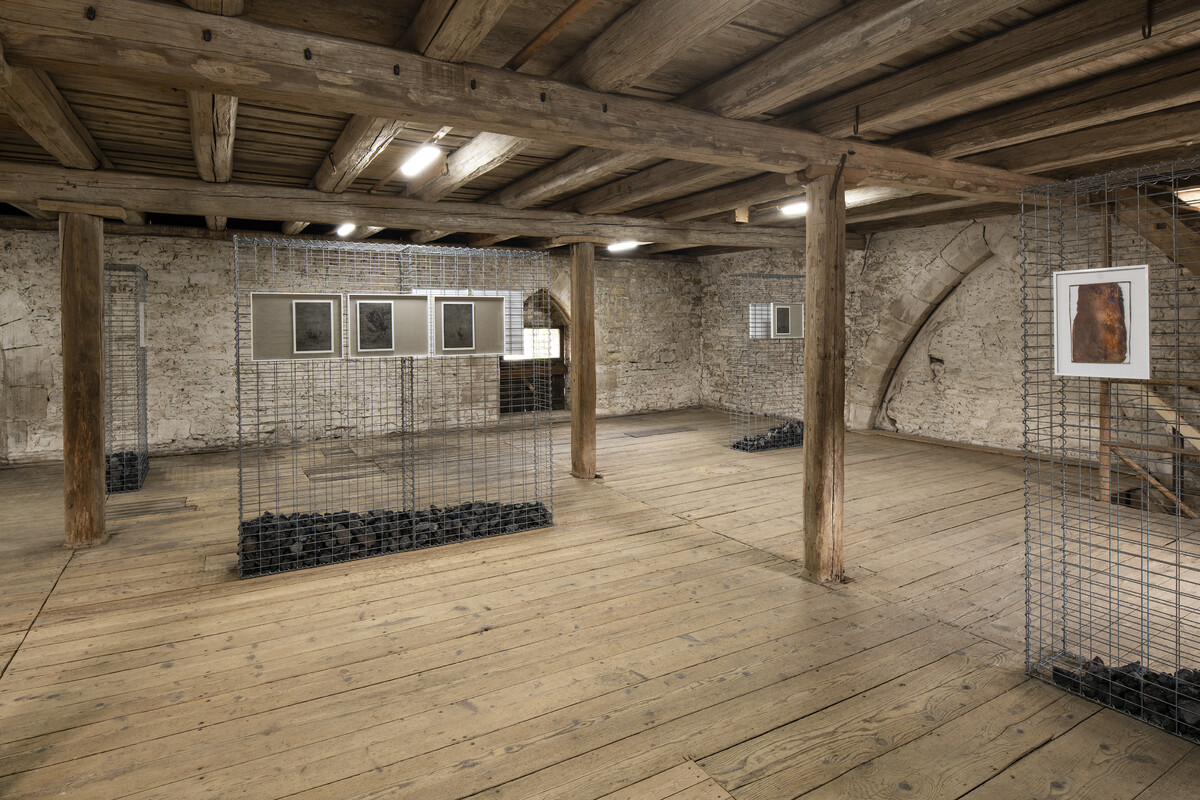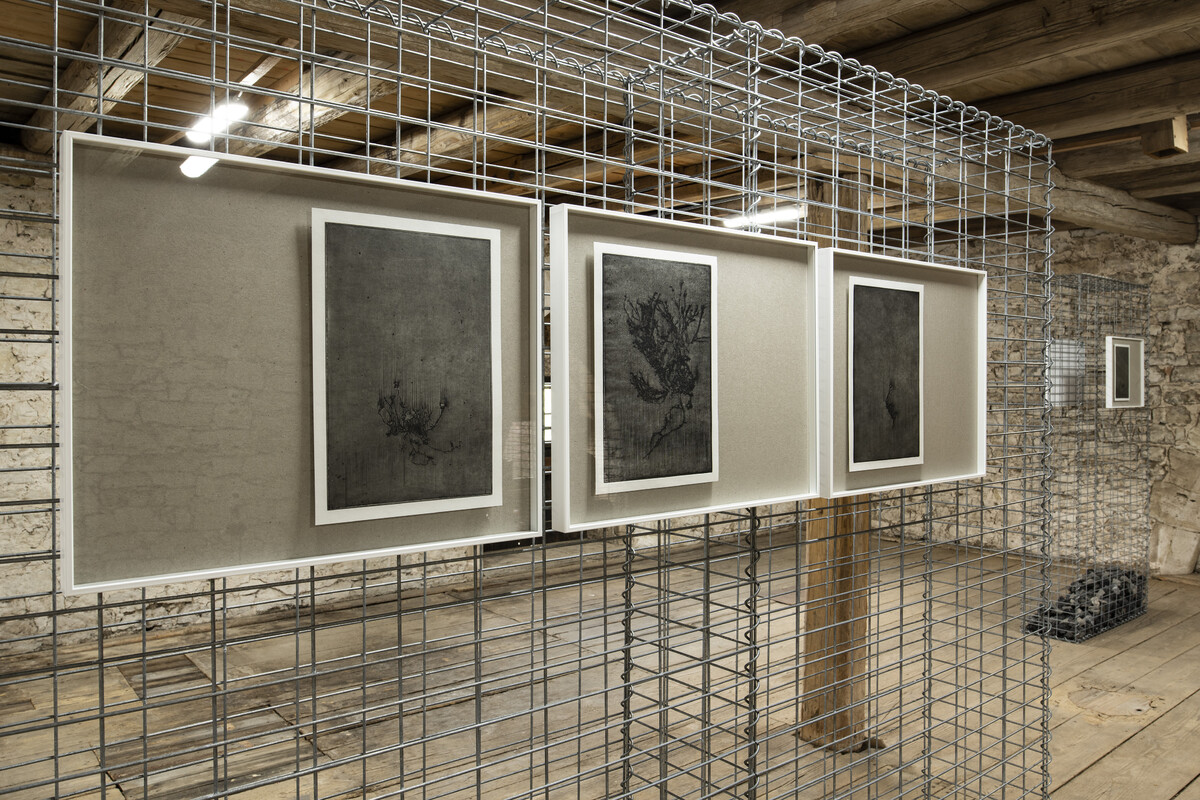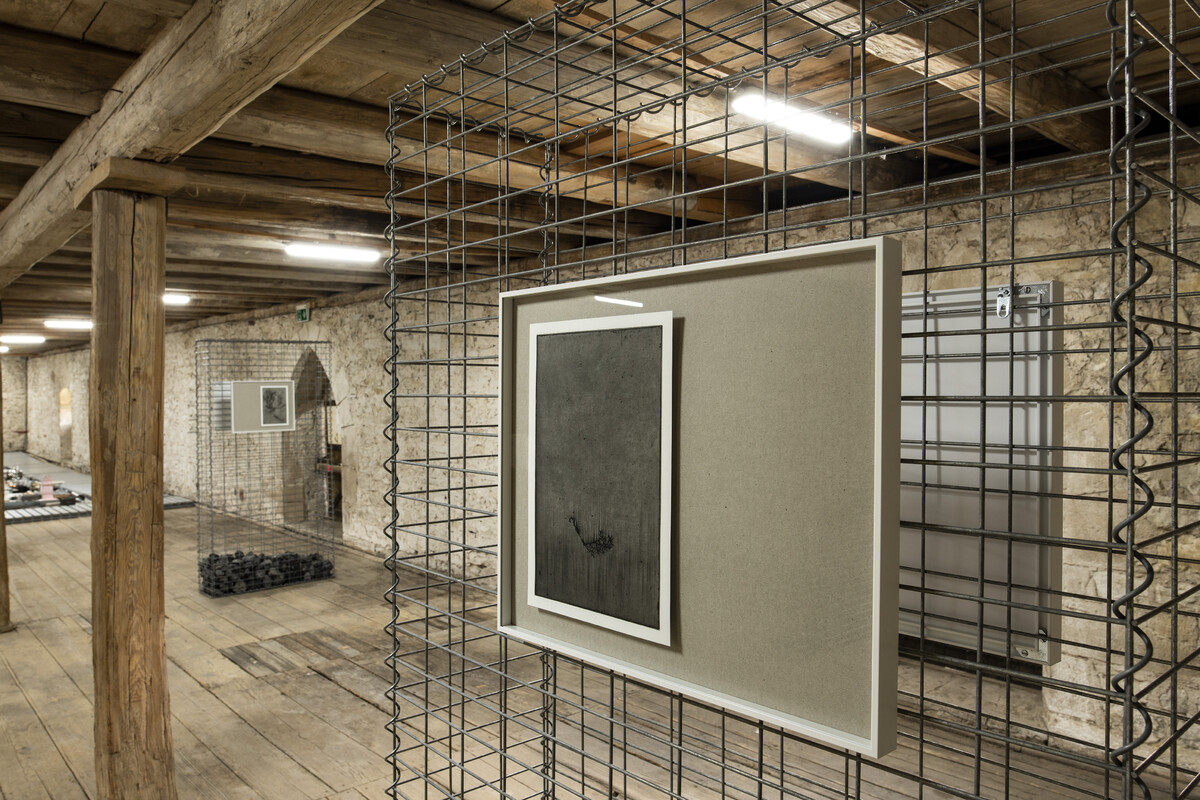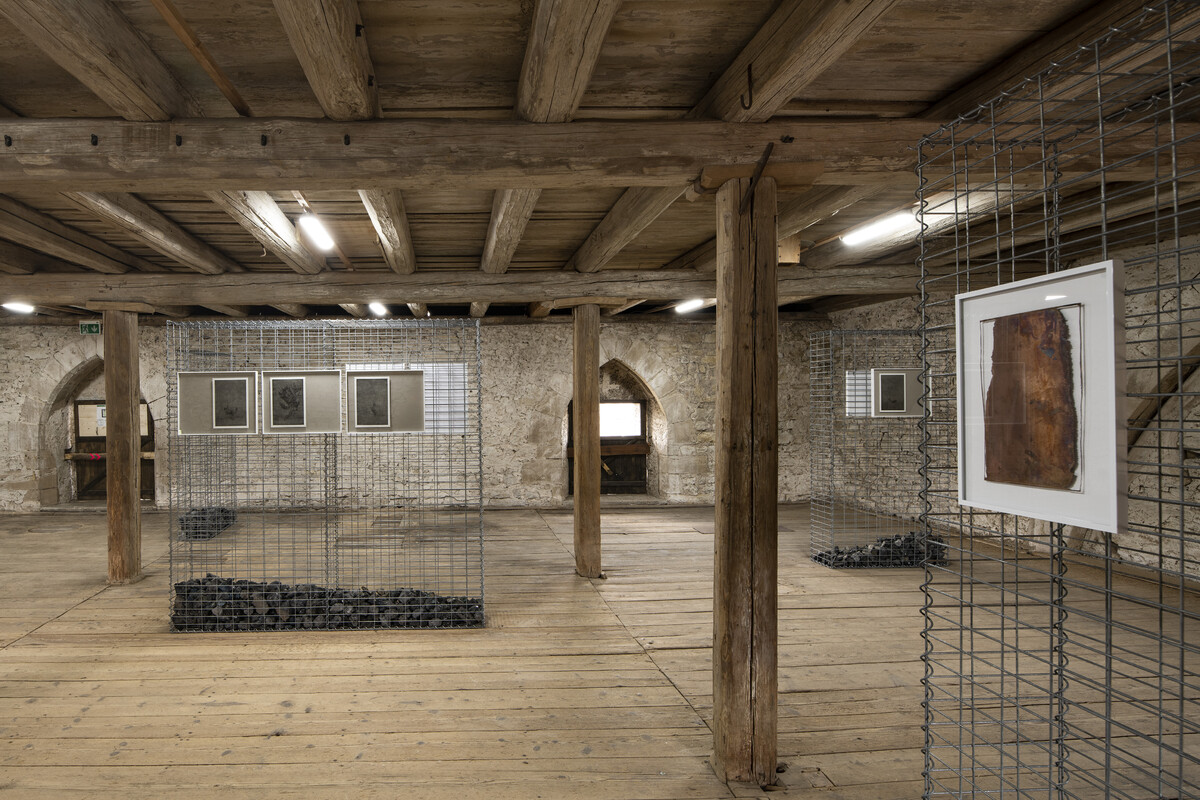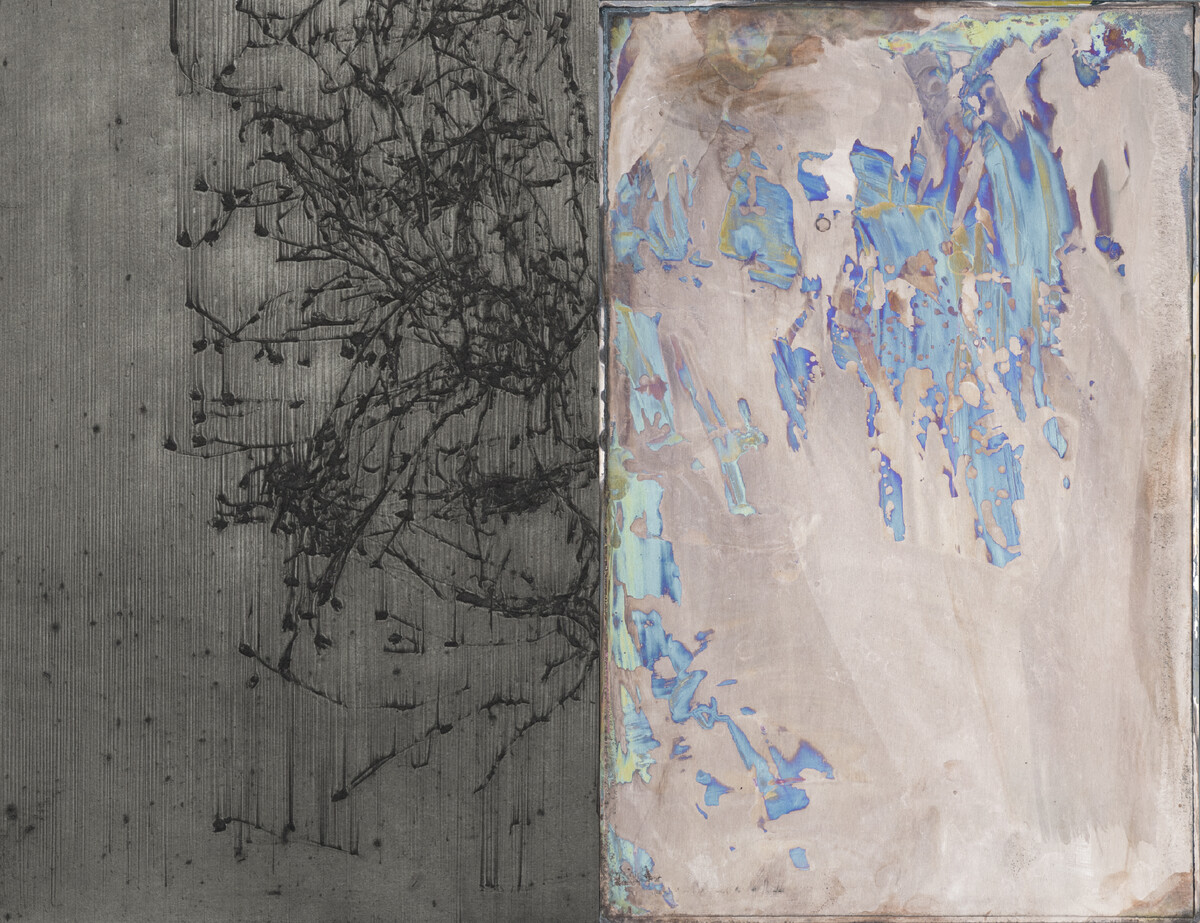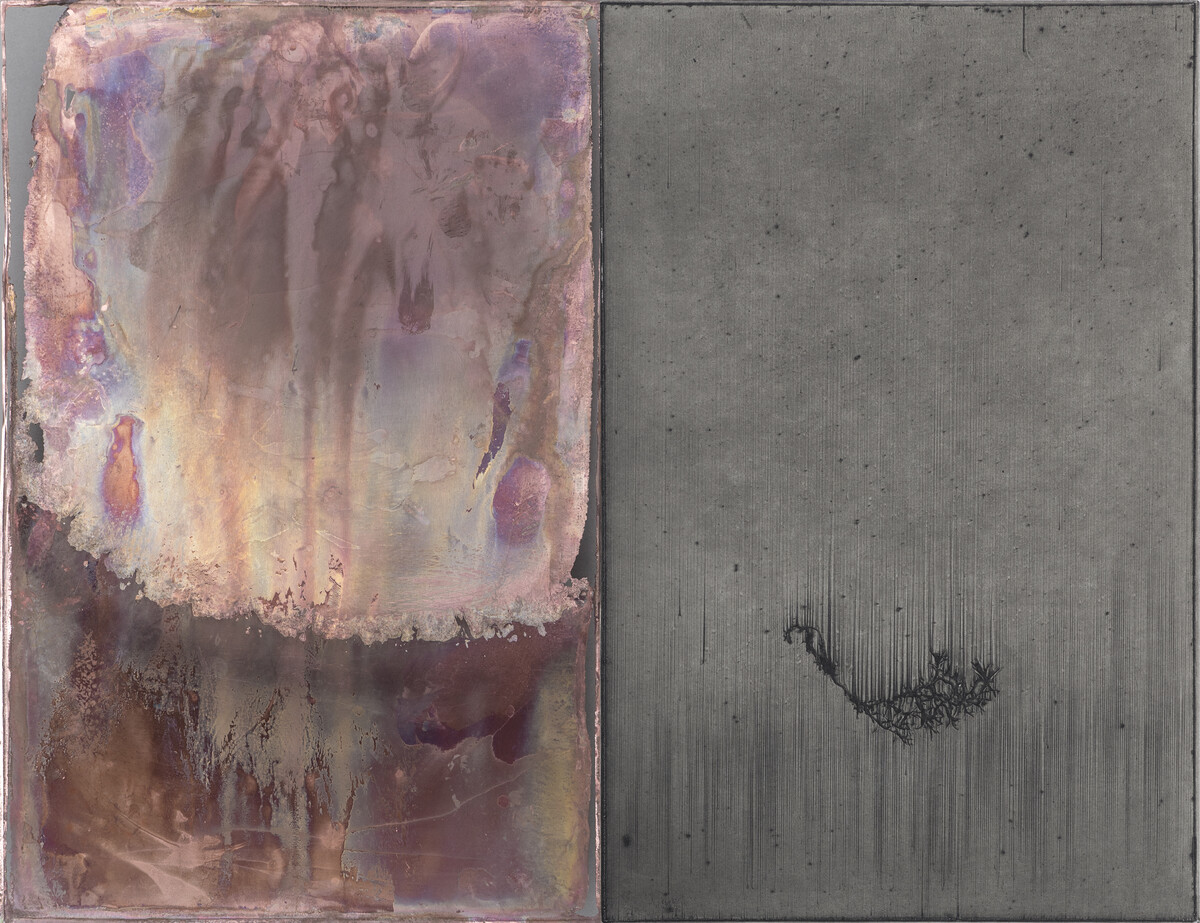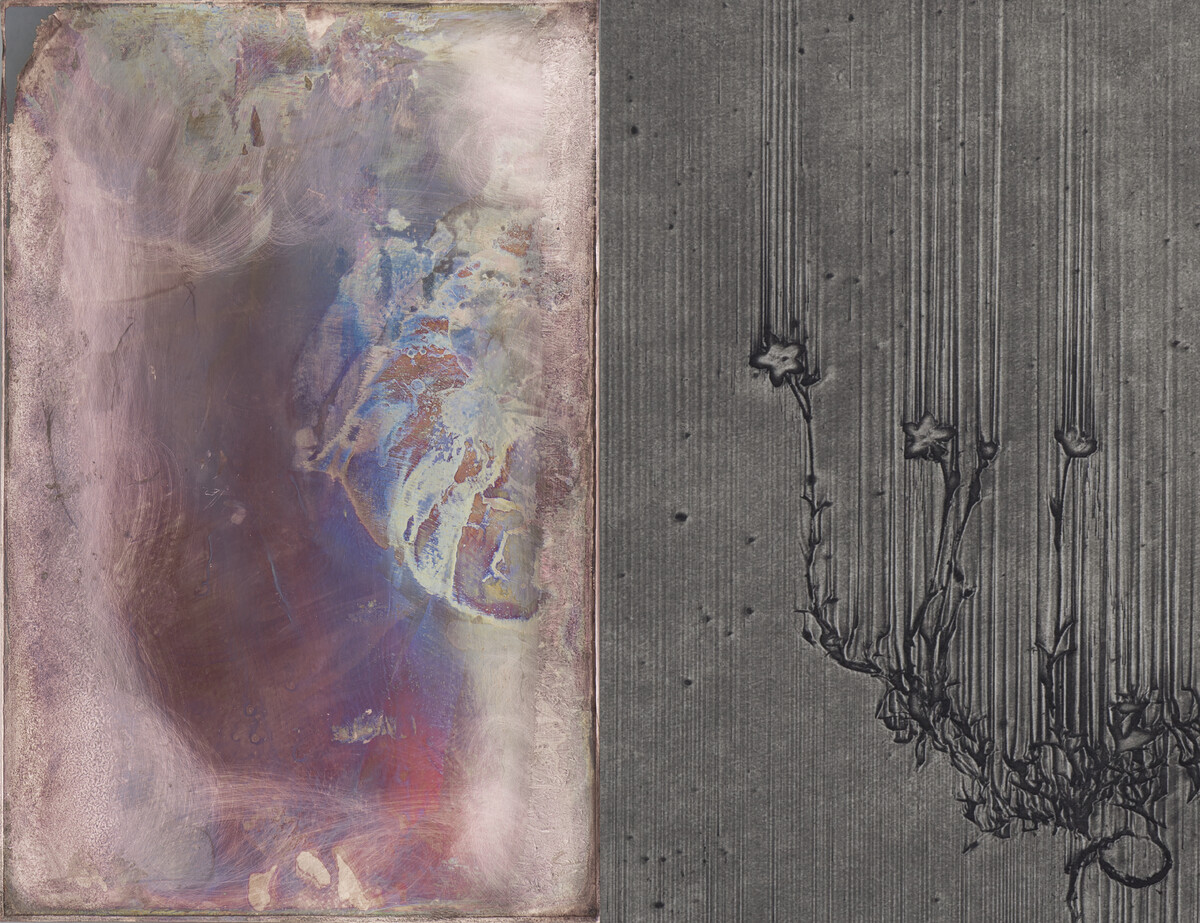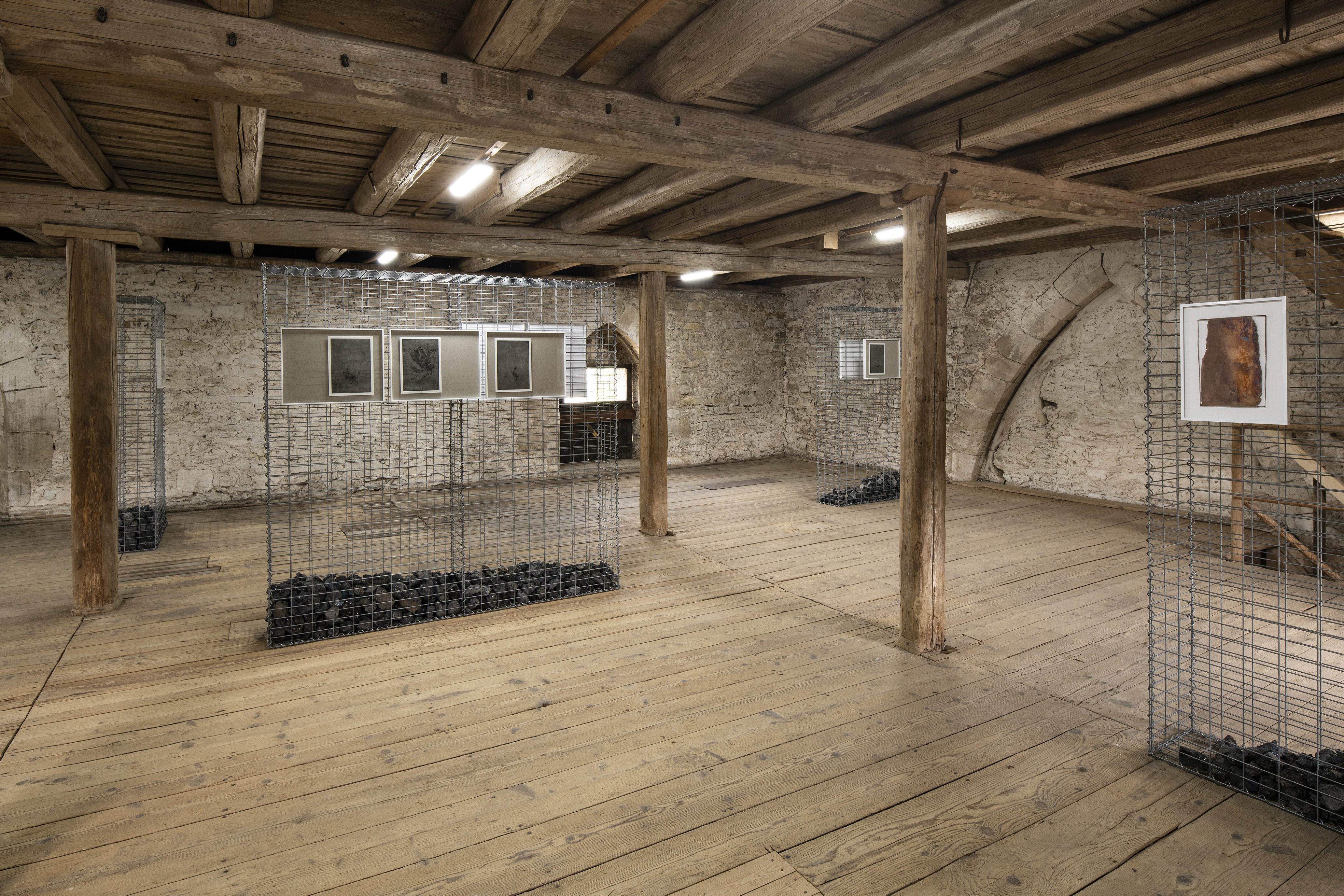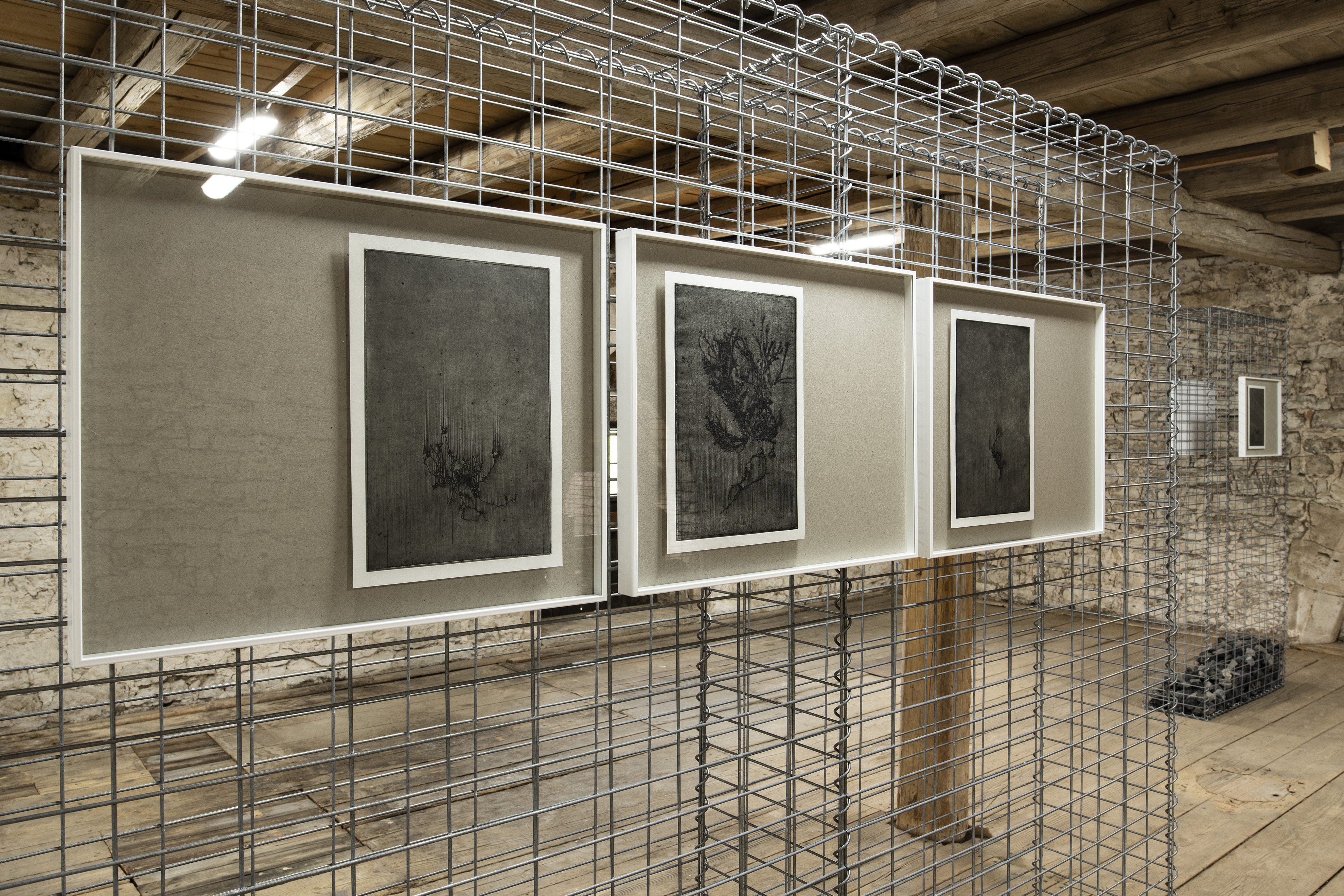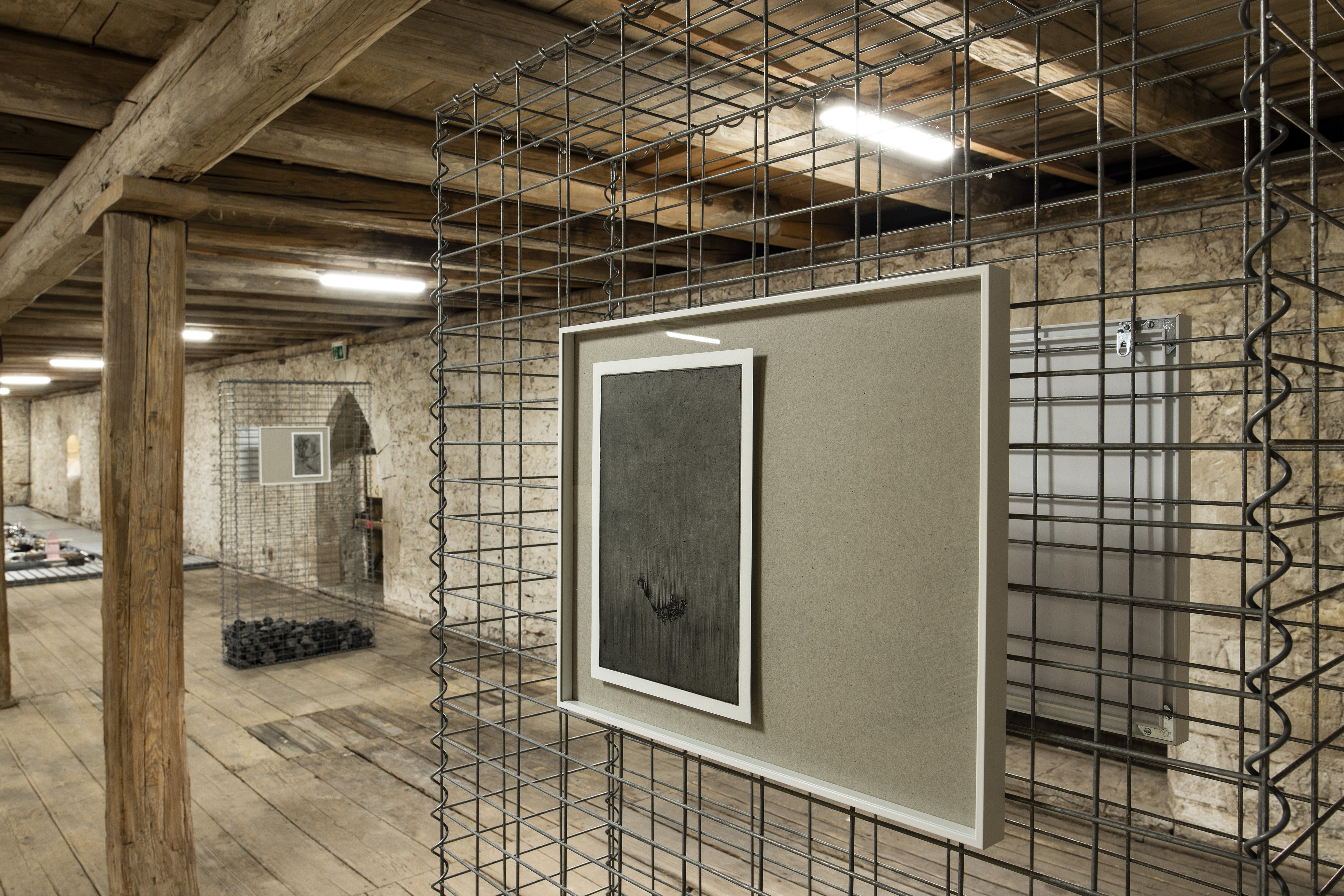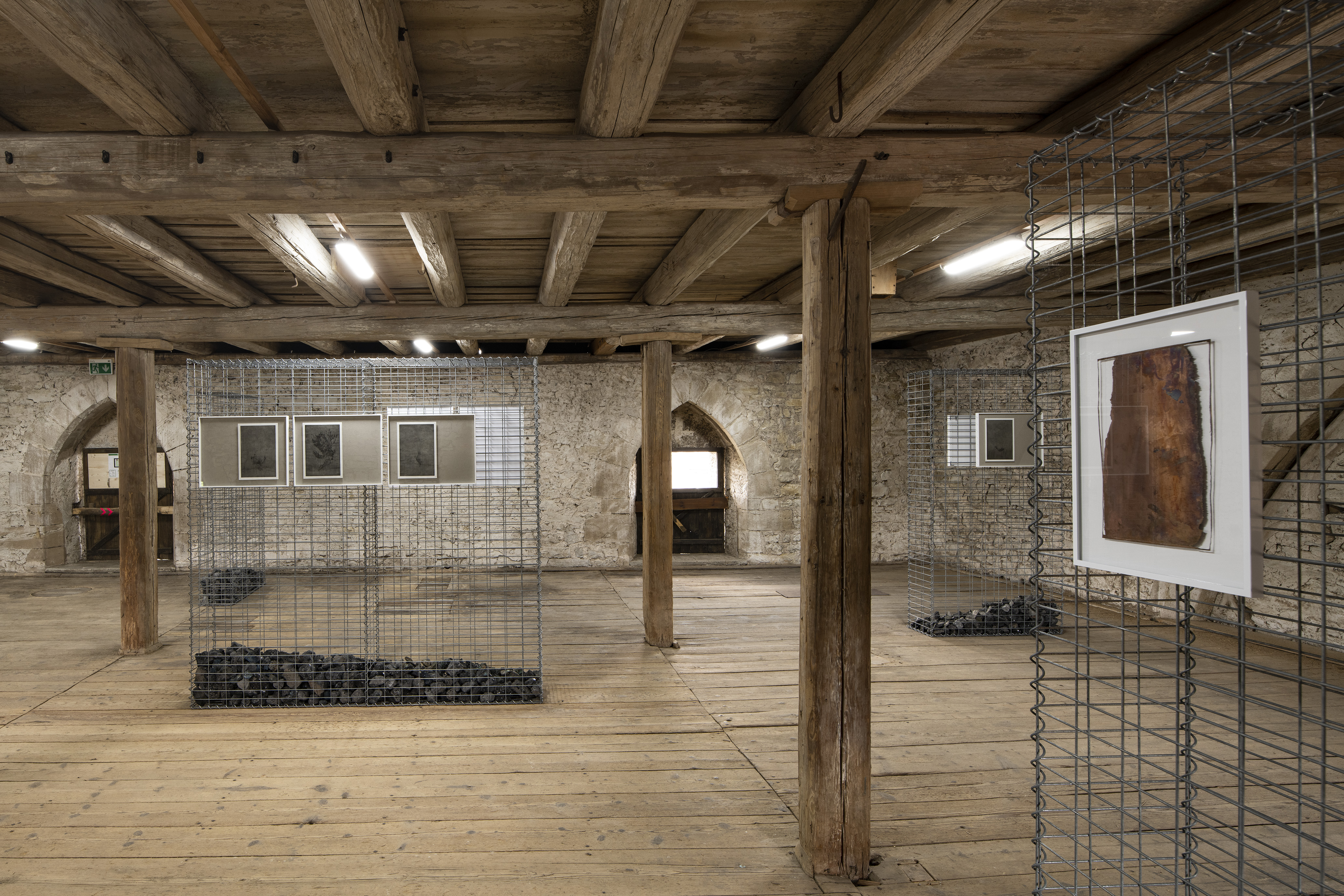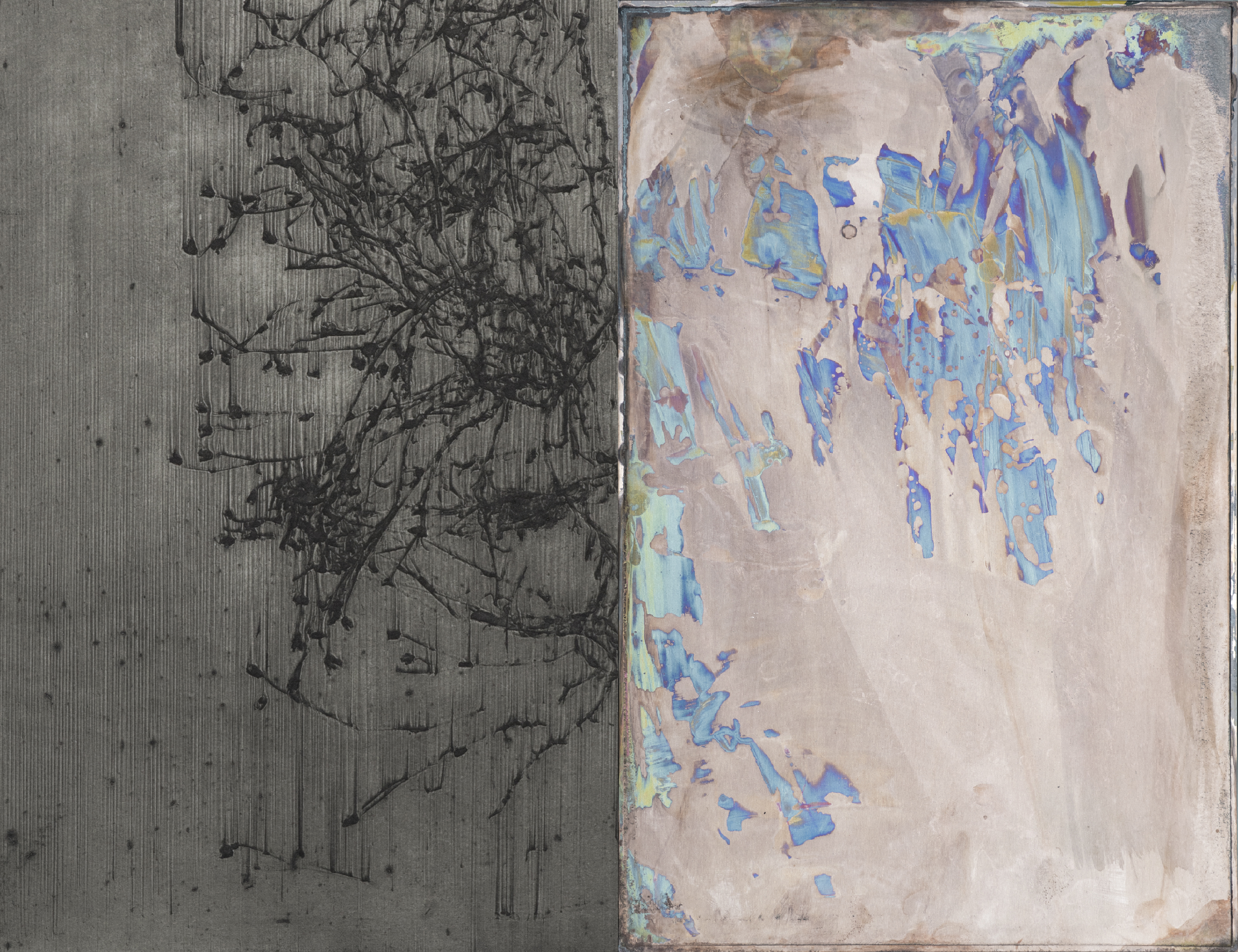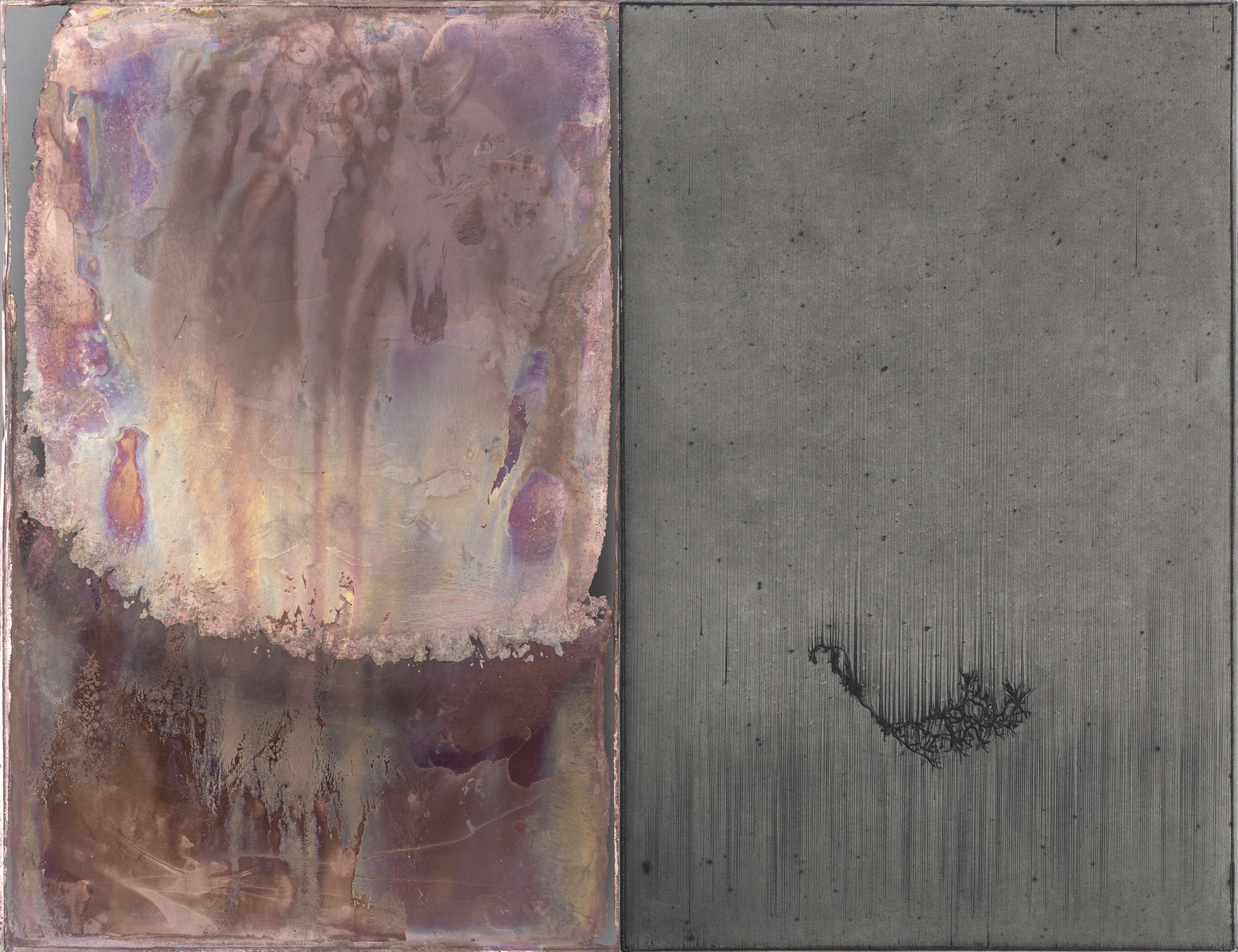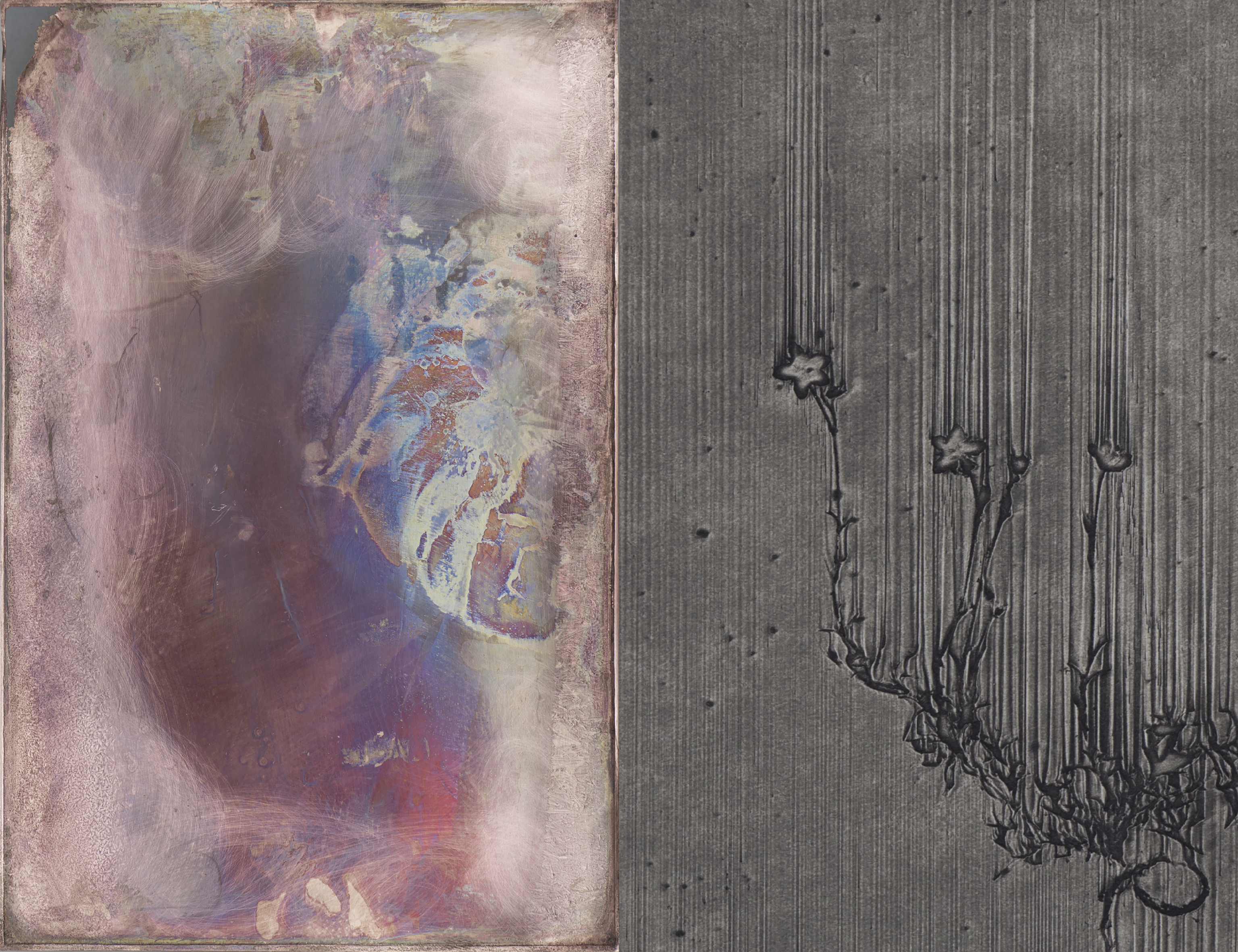Landscapes or ecological niches that have slipped out of the control of human-made “second nature” are referred to as “third nature”. Nature spreads unregulated, but under conditions that continue to be influenced by human intervention. Thus, new natures sometimes emerge through evolutionary adaptation. An almost classic contemporary example of this is the way in which microorganisms and other small life forms in a wide variety of ecosystems have begun to adapt to the ubiquitous plastic waste. Speculative and artistic natural scientists investigate these examples of successful “Living on a damaged planet.” In one of her former projects, Felicitas Fäßler searched for traces of old and new life on illegal garbage dumps in the city precincts of Berlin. “Settlements” was the name she gave to the chunks of Styrofoam she found and documented, which were covered with new growth. Much older is the synanthropic nature she deals with for My Precious: The copper flower, also known as the Harz spring sandwort (Minuartia verna), was already listed in a 1588 collection of the flora found in the Harz Mountains (Johannes Thal, Sylva Hercynia, incidentally one of the world’s first botanicals) as a plant that thrived primarily on the heavy metal-contaminated dumps near ore mines. In her work Ausbiss [Outcrop: indicating the surfacing of a subterranean repository], Fäßler approaches the nature of this delicate, white-flowered plant, which has also been well-known in the Mansfeld mining district since time immemorial, using techniques from copper production and graphic reproduction.
Ausbiss [Outcrop]
DE 2023
Personen
Media
© Felicitas Fäßler 2023
